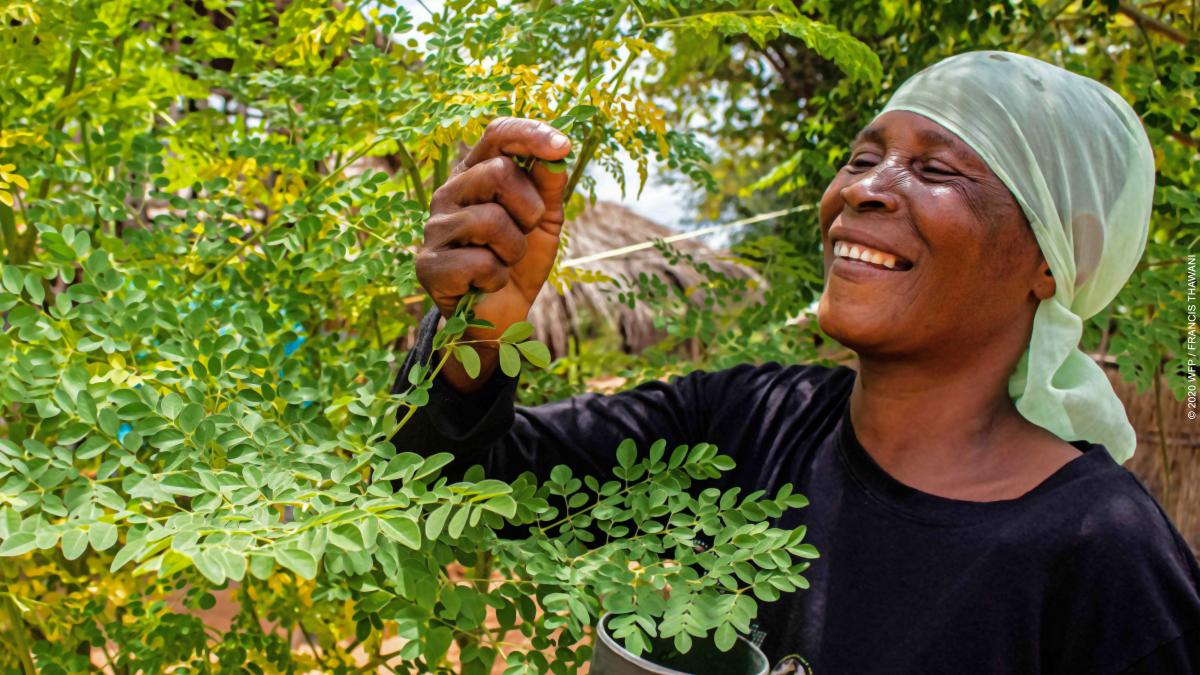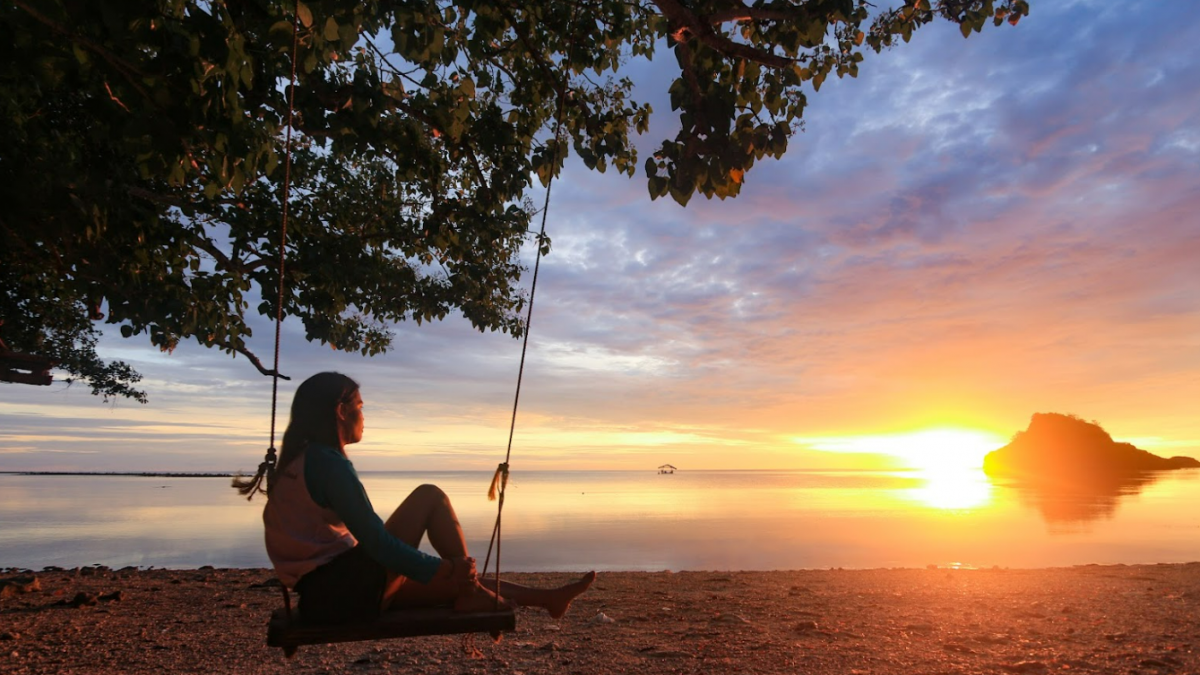Cambodia is endowed with a rich natural resource base, including diverse and productive inland fisheries. This resource base, essential for livelihoods and food security, is threatened by changing climatic conditions.
The country is particularly challenged given its low adaptive capacity, still-prevalent poverty, and geographic location. Increased temperatures, drought, and changes in seasonal rainfall patterns, in combination with extensive damming for hydropower throughout the Mekong Basin, threaten to impact food security and human health through reduced freshwater availability which may in turn reduce agricultural and fishery production. Nearly half of Cambodia’s total greenhouse gas emissions (GHG) are from the land-use change and forestry sector, with deforestation and forest degradation contributing almost all GHG emissions. Agriculture was the second highest emitter, followed by energy, industrial processes, and waste sectors.
Government of Cambodia Priorities
The Royal Government of Cambodia (RGC) is committed to combating climate change and accelerating the transition to a climate-resilient, low-carbon sustainable mode of development. The RGC has adopted a long-term carbon neutrality strategy that will see Cambodia be net-zero emissions by 2050. The RGC has supported global efforts against climate change by being a Party to the United Nations Framework Convention on Climate Change (UNFCCC) since 1996. Cambodia adopted and ratified the Paris Agreement submitting an ambitious Intended Nationally Determined Contribution (NDC), showcasing progress in climate policy, and putting forward mitigation targets and adaptation actions consistent with national priorities. Key goals related to mitigation and adaptation under Cambodia’s NDC include:
- 27 percent reduction in emissions below BAU by 2030.
- LULUCF contribution of 4.7 tCO2e/ha/year.
- 60 percent increase in forest cover of national land area by 2030.
- Development of horticulture and other food crops for increased production, improved quality-safety, harvesting and post harvesting technique, and agro-business enhancement.
- Climate proofing existing and future solar/hydropower infrastructure
USAID’s Climate Change Program: Objectives and Results
USAID supports the Government of Cambodia’s development and climate priorities through a series of programs and partnerships across the climate adaptation and natural climate solutions sectors.
Adaptation
USAID is assisting Cambodia by developing agricultural solutions to a variety of challenges, including access to finance, private sector engagement, postharvest losses, food safety, lack of market access, poor nutrition and sanitation, and environmental degradation. USAID is also helping the government and local communities identify and take advantage of opportunities for revenue generation from carbon sequestration and the avoidance of emissions from deforestation, and sustainable eco-tourism.
Results
Over the past five years, USAID has:
- Helped over 193,000 farmers (53% female) to apply new and climate-smart agricultural practices on 7,000 hectares of land.
- Generated $109 million in sales by horticultural producers and private firms through strengthened commercial relationships with buyers and improved access to supporting services.
- Helped 131 students (45% female) to pursue long-term training, including Associate, Bachelor, MSc, and PhD degrees in agriculture, food security, or environment-related sectors.
Key Adaptation Programs
Feed the Future Cambodia Harvest III
The third iteration of the HARVEST program in Cambodia, the activity supports climate-smart agriculture practices through working with the private sector to adapt innovative technologies to help farmers adapt to climate change. For example, Harvest III uses climate-smart agricultural technology and practices with farmers across Cambodia in partnership with service and technology providers. CSA has benefitted many net-house vegetable farmers, who reported the ability to produce multiple crop cycles per year, increasing their crop yields and income. Harvest III also promotes adoption of key international standards by businesses for safe and sustainable management of the country’s agriculture resources.
Natural Climate Solutions
USAID is helping Cambodia toward more equitable and sustainable development by preserving and managing its natural resources. Activities support communities that depend on natural resources for their livelihoods, and governance reforms to manage watersheds and protected areas. Activities adopt a market-based approach to link local communities with markets for increased alternative livelihood options to deter extraction of natural resources.
Results
Over the past five years, USAID has helped Cambodia improve management of natural resources for more than 3,000,000 hectares of forest across three key landscapes, including Prey Lang and its extended landscapes, Central Cardamom and Eastern Plain. This has resulted in:
- An estimated reduction of almost 25 million metric tons of greenhouse gas emission from deforestation and land use change, which is the equivalent of emissions from 4,916,706 gasoline-powered passenger vehicles driven for one year.
- A mobilization of over $50 million investments from private sector and other stakeholders for sustainable forest management and conservation, which economically benefits some 318,000 people living in and around the three landscapes.
Key Natural Climate Solutions Programs
Greening Prey Lang (2018–2023)
GPL promotes resilient, low-emission development and inclusive, sustainable management in the Prey Lang Extended Landscape, which includes Preah Vihear, Kampong Thom, Kratie, and Stung Treng provinces. It improves participation and evidence-based decision-making in Cambodia’s management of its forests and biodiversity to lower greenhouse gas emissions, create economic opportunities for rural people, and mobilize investment in natural capital to reduce risks due to climate change vulnerabilities.
Cambodia Green Future (2019–2024)
CGF empowers Cambodian citizens and civil society with the knowledge and skills to use evidence-based communication systems to influence positive actions to support biodiversity conservation, forest protection, and broad sustainable natural resource management. It implements social and behavioral change communication as a means to provide Cambodian youth and civil society with the knowledge and skills to influence positive behaviors and actions to support biodiversity conservation, forest protection, and broad sustainable natural resource management.
USAID Morodok Baitang (2021–2026)
USAID Morodok Baitang conserves Cambodia’s unique biodiversity, reduces land-based sources of carbon emissions in support of national goals, and improves accountable and equitable economic development. USAID Morodok Baitang focuses on strategic partnerships between rural communities, private sector actors, and development partners to increase revenues and employment opportunities from enterprises whose profitability is derived from improved natural resource management, biodiversity protection, low emissions, and inclusive decision making for natural resource use and governance.




